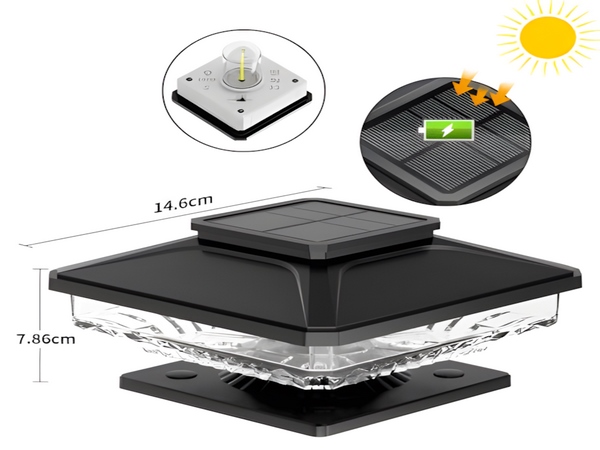
In recent years, with the acceleration of new rural construction, many villages have undergone significant changes. To further promote green lighting projects and energy conservation while protecting the local ecological environment, various local governments are actively advocating the use of solar street lights in new rural lighting projects. A crucial aspect of using solar street lights is ensuring the quality of the light source, which is a fundamental requirement. So, how do we assess the quality of the light source in solar street lights? What factors are involved? Below, the editor from Century Sunshine Lighting will provide a detailed introduction to this matter.
The evaluation primarily considers the following three aspects:
1. The shape of the light emitted

This mainly refers to the shape of the light source projected onto a surface, which is the primary standard for assessing the quality of the light output of the fixture.
For high-quality solar street lights, optical processing is generally reliable. Reflectors typically employ a secondary light distribution method—one reflector for overall light distribution and another for glare reduction, which allows light spots to appear evenly rounded. The center light intensity should exceed that of ordinary LEDs by more than 30%.
The resulting light spot should gradually diffuse from the inside to the outside, with light naturally dispersing at the periphery. The secondary light spots should be effectively weakened, appearing subtle. The transition should be very smooth, resulting in a soft and comfortable visual experience without noticeable dark areas.

In contrast, LED sources with uneven light distribution will inherently have lower quality. Such light sources will present obvious dark spots, hard transitions, glare, and other visual distractions, with secondary light spots being very pronounced, leading to unsatisfactory illumination that is uncomfortable for the eyes.
2. Color temperature of the light source
The color temperature of the light source is another important consideration. Both too low and too high color temperatures are unsuitable. A color temperature that is too low produces a warm tone, which can create a cozy feel visually, but such lighting can also easily induce drowsiness—a significant danger for drivers who must remain alert.
Conversely, if the color temperature is too high, the lighting appears overly white, which may hinder accurate color reproduction in illuminated areas, resulting in visual discomfort and a sense of tension and restraint. This is obviously unfavorable for driving situations.
It is best to choose color temperatures close to neutral light, which can accurately depict the true colors of objects and provide a comfortable visual experience, ensuring safer nighttime driving.
3. Presence of glare from the light source
In outdoor lighting, the occurrence of glare is highly undesirable. It not only causes discomfort but can also reduce the visibility of objects, posing significant dangers. Typically, the higher the brightness of the light source, the more pronounced the glare will be; as the light source gets closer to the line of sight, glare becomes more prominent. A larger apparent surface area and greater numbers of light sources also contribute to increased glare.
How can we avoid this issue? Generally, we employ scientific secondary light distribution designs on the reflectors. Additionally, avoid using mirror-like finishes; instead, opt for frosted surfaces or new nano-coating technologies to enhance glare reduction. To further ensure effectiveness, light fixtures should incorporate glare-reducing designs rather than transparent covers. When purchasing, paying attention to these design details can significantly guarantee the quality of solar street light LED sources.
The above discusses the factors related to the quality of the light source in solar street lights. Many unscrupulous vendors exploit information asymmetry between themselves and customers, passing off inferior LED sources as high-quality imported ones, greatly undermining customer interests. Therefore, users must ensure that the light source quality is up to standard when selecting solar street lights.



